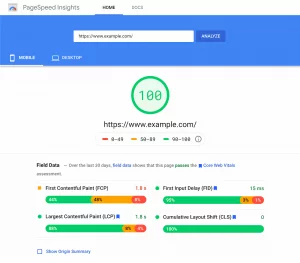Cascading Style Sheets (CSS) is a powerful presentation language that is essential for controlling the visual appearance of web documents written in HTML or XML. By using CSS, developers can define a wide range of design elements, including layouts, fonts, colors, margins, borders, and more.
As web development technologies and design trends evolve, CSS has gone through multiple iterations, each enhancing the capabilities of its predecessor. In response to these advancements, top CSS frameworks have been developed to streamline the design and development process for web developers. These frameworks provide pre-designed, customizable components that save time and improve efficiency. While these frameworks make it easier to build responsive, well-designed websites, it’s still valuable for developers to keep their CSS skills sharp by referencing cheat sheets, especially when working with or customizing these frameworks.
What is a CSS Framework?
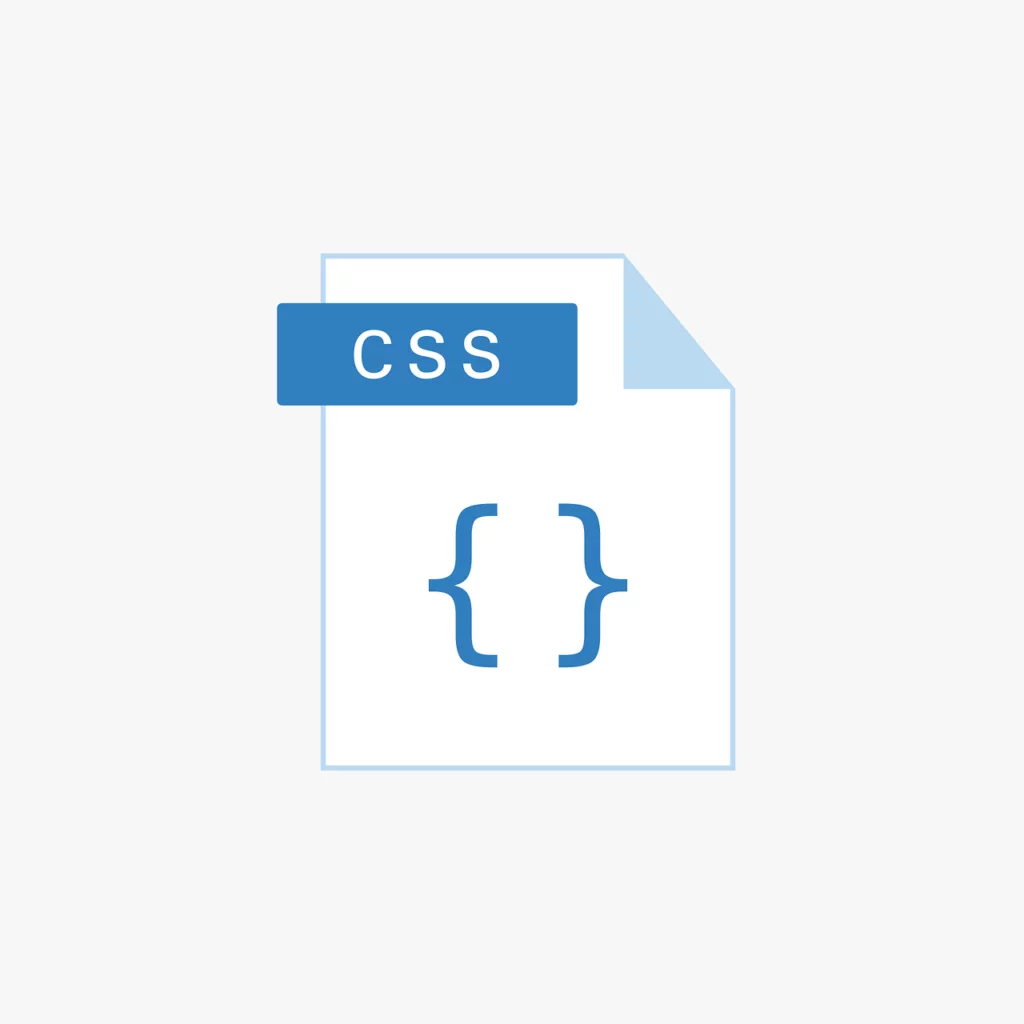
At its core, a CSS framework is a collection of pre-written CSS stylesheets that help web developers and designers quickly create visually appealing and functional websites. These stylesheets are designed to handle standard design tasks—like setting colors, defining layouts, styling fonts, and building navigation elements. In most cases, frameworks are not standalone; they’re enhanced by other technologies like SASS (a CSS preprocessor) and JavaScript to offer even more flexibility and customization.
When you use a CSS framework, you’re essentially starting with a ready-made stylesheet. This means you don’t have to write every line of CSS from scratch. Instead, you just need to focus on structuring your HTML with the correct classes, IDs, and markup, and the framework will take care of the styling. Most frameworks come with built-in classes for common website elements—like footers, sliders, navigation bars, hamburger menus, and even multi-column layouts—so you can get your page looking polished in no time.
Benefits of Building Beautiful Web Interfaces with Top CSS Frameworks:
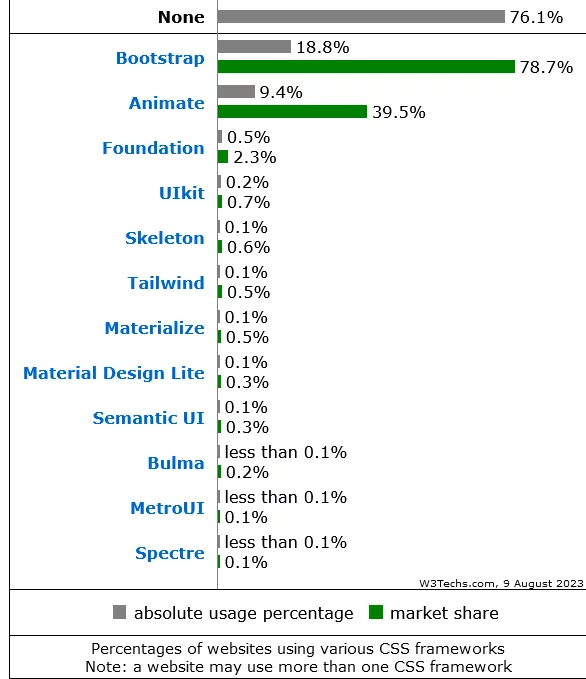
1. Boost Efficiency and Save Time
CSS frameworks provide ready-made, pre-designed components—such as buttons, navigation bars, forms, and more—that save you hours of coding. Instead of designing every element from scratch, you can rely on these reusable components, significantly speeding up your development process.
- Pre-Built Styles and Components: Frameworks come packed with UI elements that adhere to industry standards, so you can implement them quickly and confidently.
- Faster Prototyping: Tools within frameworks let you create prototypes and wireframes in no time, helping you test and refine design ideas quickly without getting bogged down in code.
With these pre-designed assets, you can focus on bringing your unique vision to life instead of reinventing the wheel.
2. Cross-Browser Compatibility
One of the standout advantages of using a utility first CSS framework is that it’s been tested for compatibility across multiple browsers and devices. This means you won’t have to manually test and tweak your code to ensure it works everywhere. Frameworks handle the heavy lifting for you.
- Reliable and Consistent Rendering: CSS frameworks are built to offer a uniform appearance across all major browsers, including Chrome, Firefox, Safari, and Edge, ensuring your site looks great no matter how your users access it.
By relying on a framework’s pre-tested, browser-agnostic components, you avoid spending precious time troubleshooting rendering issues.
3. Mobile-First, Responsive Design
In a world where mobile browsing continues to outpace desktop usage, responsive design is essential. Modern CSS frameworks come with responsive design features like flexible grid systems, media queries, and utility classes that automatically adjust your website to fit any screen size—whether it’s a smartphone, tablet, or desktop.
- Automatic Mobile Adaptation: With frameworks built with mobile-first principles, your website will effortlessly adjust to different screen sizes, ensuring an optimal viewing experience for all users.
- No Need for Complex Code: You won’t have to manually tweak layouts or write complicated media queries to make your website mobile-friendly. Responsive design is baked into the framework, saving you both time and effort.
Given the increasing demand for mobile-friendly websites, this feature alone makes using a CSS framework a must-have for modern web development.
4. Access to Strong Community Support
Using a CSS framework backed by a large, active community means you’re never alone. Frameworks with a broad user base offer a wealth of resources—detailed documentation, tutorials, troubleshooting forums, and plugins—that help you solve problems faster and move your project forward with confidence.
- Extensive Resources: Well-supported frameworks come with comprehensive guides and tutorials, making it easier to get started and find solutions when you encounter challenges.
- Community Plugins: Access to a wide range of third-party plugins and extensions can further extend the capabilities of the framework and improve your workflow.
The support of a thriving community means you can get help whenever you need it, whether you’re a beginner or an experienced developer.
Study real life cases of websites built using CSS framework.
Compatibility of Modern CSS Frameworks Features/Methods
CSS has evolved significantly over the years, with new features that streamline development and improve the flexibility of web design. However, these new features don’t always have universal browser support right away. Understanding the compatibility of key CSS features, like CSS Grid and CSS Nesting, is essential to ensure your web designs perform consistently across different platforms.
A. CSS Grid: Revolutionizing Layouts
CSS Grid is one of the best CSS frameworks available to web developers, allowing them to create two-dimensional layouts (both rows and columns) on the web without relying on external frameworks or complex CSS tricks. It allows for complex, responsive designs with far less code and greater flexibility.
Browser Compatibility (as of July 2020):
- Chrome: Fully supported in modern versions. To enable it in older versions, users need to activate it through the “Experimental Web Platform features” flag in chrome://flags.
- Internet Explorer: Partial support. The implementation is based on an earlier version of the specification, which lacks several key features of the modern grid system.
- Firefox: Fully supported, though users may need to enable it using the layout.css.grid.enabled flag in settings for older versions.
- Edge: Fully supported in the latest versions.
- Safari: Fully supported, but with known bugs related to some grid item behaviors in older versions (pre-Safari 11).
Known Issues:
- Overflow bugs in Firefox: Certain issues related to handling grid item overflow (such as issues when content overflows grid cells), which have been tracked with bug numbers: 1356820, 1348857, and 1350925.
Key Takeaways:
While most modern browsers now fully support CSS Grid, there are still some quirks with older browsers like Internet Explorer and bugs in Firefox. If you’re targeting older browser versions, you may need to implement fallbacks or use polyfills for optimal performance.
B. CSS Nesting: Streamlining Stylesheets
CSS Nesting allows for more organized and readable code by enabling developers to nest one style rule inside another. This feature has traditionally been available through CSS preprocessors like Sass, but as of 2023, it is becoming native to CSS itself. CSS Nesting allows developers to write cleaner, more maintainable code by directly associating child rules with their parent selectors.
Browser Compatibility (as of December 2023):
- General Availability: CSS nesting is supported behind an Experimental Web Platform Features flag in most modern browsers.
- Chrome/Edge: Accessible via flags in chrome://flags.
- Safari: Supported in the latest versions, though still in experimental stages.
- Firefox: Full support available through the layout.css.nesting.enabled flag. It requires enabling experimental features but functions as intended.
- Internet Explorer: No support for native CSS nesting, as it requires support for modern CSS features.
Known Issues and Limitations:
- Chromium Browsers: There’s a significant limitation in Chromium-based browsers (like Chrome and Edge) where element selectors (like div) cannot be nested directly unless they start with a symbol (such as &). This is a known issue that may affect the development of more complex nested styles.
Key Takeaways:
Native CSS nesting is still relatively new and requires enabling experimental features in most browsers. While it simplifies CSS writing by reducing redundancy, you need to keep an eye on specific limitations in browsers like Chrome and Edge, which may not fully support all nesting syntax, especially when it comes to element selectors.
Most Popular CSS Frameworks Demystified: A Breakdown of the Best Options
A. General Purpose CSS Frameworks
General-purpose CSS frameworks are powerful tools designed to streamline web development by providing developers with pre-designed styles, components, and utilities. These frameworks cater to various types of projects, offering flexibility, speed, and ease of use.
1. Bootstrap
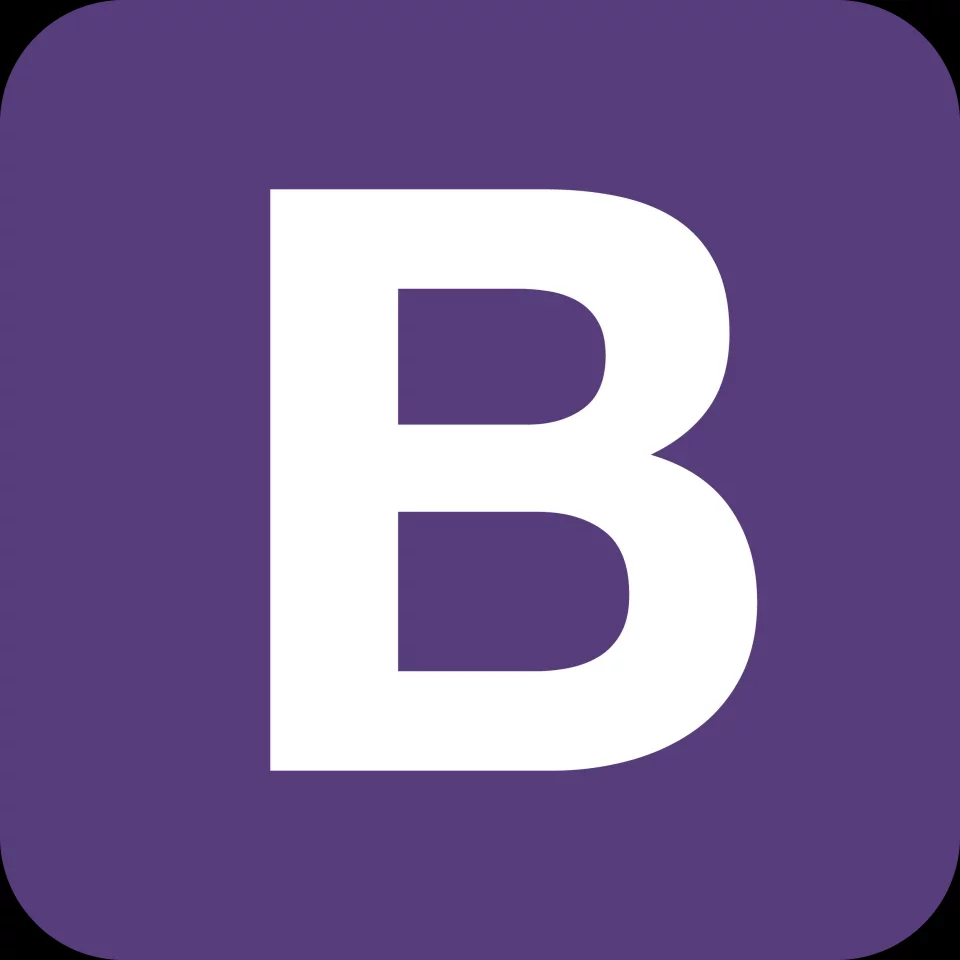
Bootstrap is one of the most widely adopted CSS frameworks worldwide. Created by Twitter developers Mark Otto and Jacob Thornton in 2011, Bootstrap started as an internal toolkit to unify the development of tools within the company. Since its release as an open-source framework, it has gained massive popularity, especially for its robust, mobile-first, and responsive design features.
Bootstrap provides a comprehensive suite of UI components, grid systems, and pre-defined classes that enable rapid web development. Its strong community and extensive documentation make it a go-to for developers across the globe.
Pros:
- Extensive Documentation: Bootstrap’s clear and comprehensive documentation makes it accessible for beginners and experienced developers alike.
- Large Community Support: With a thriving community, Bootstrap benefits from widespread forums, tutorials, and resources.
- Responsive Grid System: Bootstrap’s grid system is mobile-first and adaptable, making it easy to design for multiple screen sizes.
- Predefined Components: The framework comes with a variety of pre-designed elements such as buttons, modals, and forms, allowing developers to quickly implement them.
Cons:
- Limited Design Flexibility: Due to its standardized components, Bootstrap may limit design customization, especially for developers seeking unique, non-conventional layouts.
- Heavy File Size: Bootstrap can be bulky, and its large file sizes may slow down load times, particularly when not optimized.
- Overuse of Classes: Developers may rely too much on predefined classes, which could lead to less maintainable code and hard-to-manage projects.
- Compatibility Issues: Some versions of Bootstrap may struggle with older browsers, requiring extra workarounds for full compatibility.
Learn how to create a site here.
2. Bulma

Bulma is an open-source CSS framework built by Jeremy Thomas that focuses on simplicity and flexibility. It uses the Flexbox layout model, making it a modern, lightweight option for developers looking to create responsive websites. Bulma is entirely CSS-based, with no reliance on JavaScript, and it allows for a clean, modular approach to building layouts.
Bulma is especially appreciated by developers for its lightweight nature, making it a great choice for projects where speed and performance are critical. It also has a dedicated but smaller community compared to Bootstrap, offering a slightly more niche but passionate user base.
Pros:
- Modular and Customizable: Bulma’s modular structure allows you to import only the components you need, resulting in cleaner, more maintainable code.
- Lightweight and Fast: Its focus on minimalism and performance ensures fast load times and enhanced user experiences.
- Flexbox-Based Layouts: Bulma leverages Flexbox for responsive design, making it easier to create complex layouts without much hassle.
- No JavaScript Dependencies: As a purely CSS-based framework, Bulma doesn’t rely on JavaScript, allowing developers to integrate it seamlessly with other JavaScript libraries or frameworks.
Cons:
- Smaller Community: Bulma’s community is growing, but it’s not as large or as active as Bootstrap’s, making resources and support somewhat limited.
- Steep Learning Curve for Flexbox: Developers who are not familiar with Flexbox might find Bulma’s syntax and layout system challenging to grasp at first.
- Limited JavaScript Integration: Bulma doesn’t provide built-in JavaScript components, which means developers need to find or create additional functionality, especially for more interactive websites.
3. Fomantic UI
Fomantic UI is a community-driven continuation of the popular Semantic UI project, created after Semantic UI ceased active development. Fomantic UI focuses on delivering a framework that maintains the original’s intent while adding new features and improvements. The project is open-source and actively maintained by contributors from the web development community.
The framework’s primary goal is to make web development intuitive and efficient by encouraging the use of semantic HTML and ensuring high accessibility standards. Fomantic UI also emphasizes performance and speed, making it suitable for modern web applications.
Pros:
- Open-Source and Community-Driven: As an open-source project, Fomantic UI benefits from contributions from developers worldwide, ensuring ongoing updates and improvements.
- Semantic HTML for Better SEO and Accessibility: Fomantic UI emphasizes using meaningful HTML elements, which can improve both accessibility and search engine optimization (SEO).
- Performance Optimization: Fomantic UI focuses on fast load times and efficient design, contributing to a smooth user experience.
- User-Friendly Syntax: The framework’s syntax mimics natural language, making it easy to learn and implement.
Cons:
- Smaller Documentation: While functional, Fomantic UI’s documentation is not as extensive as that of larger frameworks like Bootstrap, which could present a challenge for new developers.
- Limited JavaScript Features: Fomantic UI is primarily focused on CSS and Semantic HTML, offering fewer built-in JavaScript components compared to other frameworks.
- Smaller Community: Compared to other frameworks, Fomantic UI has a smaller user base, which could limit the availability of community-driven resources and support.
B. Utility Based CSS
Utility-based CSS frameworks, also known as functional CSS frameworks, prioritize simplicity, modularity, and efficiency in web development. These frameworks provide a collection of utility classes that handle single styling properties, allowing developers to combine them directly in their HTML markup. This approach offers more control over design while maintaining flexibility and speed in the development process.
1. Tailwind

Tailwind CSS is a utility-first CSS framework designed by Adam Wathan and released in 2017. It has rapidly gained popularity due to its flexibility and non-prescriptive approach. Unlike traditional CSS frameworks, Tailwind doesn’t enforce predefined styles but instead offers low-level utility classes that developers can combine to build custom designs. Its success lies in its ability to simplify complex layouts without restricting design creativity.
Tailwind is widely used by developers seeking speed and efficiency, particularly in applications that require responsive, customized designs. It has a strong and growing community, with many resources available for developers of all skill levels.
Pros:
- Enhanced Developer Productivity: Tailwind’s utility-first approach boosts development speed by allowing developers to apply styles directly within HTML, reducing the need for custom CSS.
- Exemplary Customizability: Tailwind is highly configurable, giving developers full control over their design system through configuration files, making it easy to customize to meet specific project requirements.
- Prioritizes Accessibility: Tailwind CSS promotes accessible design practices, ensuring that web applications are more inclusive and usable by a wider audience.
- Large Ecosystem and Community Support: With extensive documentation, tutorials, and a large developer community, finding help and resources for Tailwind is easy.
Cons:
- Utility Class Dependency: The reliance on utility classes can make the codebase cluttered and less intuitive, especially for developers used to traditional class-based styles.
- Steeper Learning Curve for New Developers: Although powerful, Tailwind’s utility-first approach may require a mindset shift for developers who are more accustomed to traditional CSS or component-based frameworks.
2. Open Props
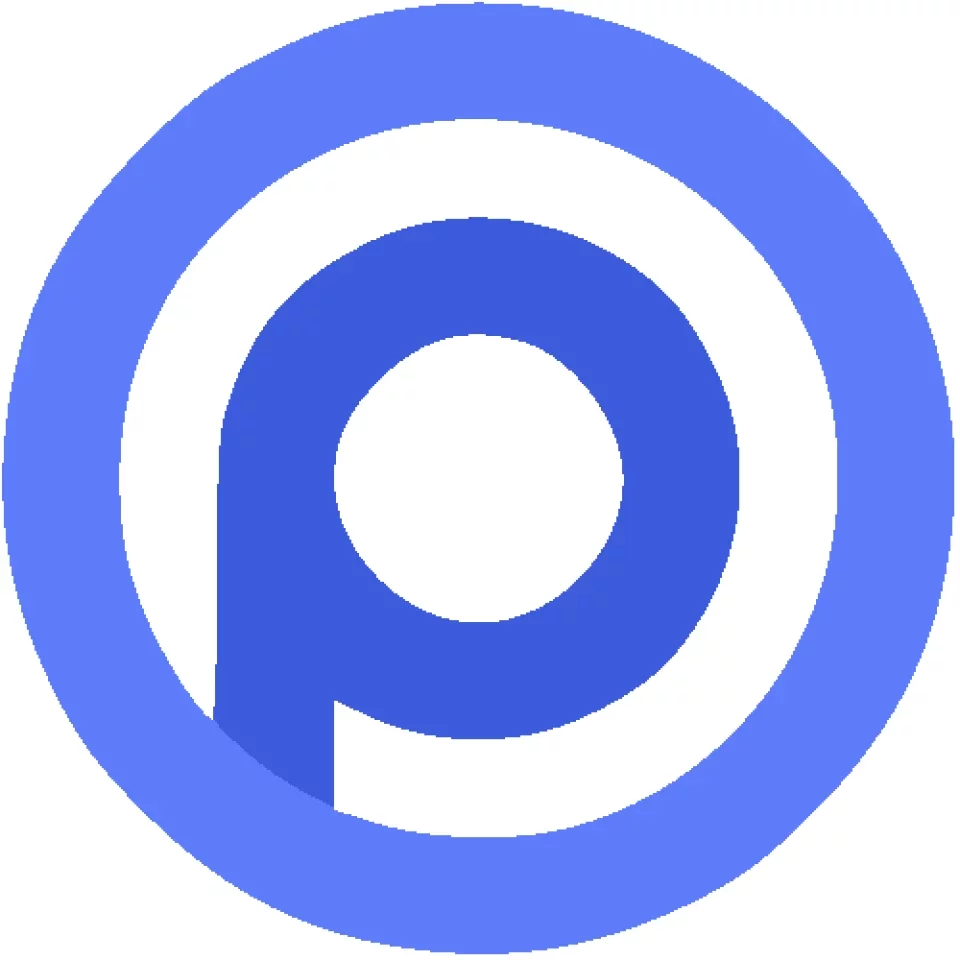
Open Props is a minimalistic CSS library designed by Adam Morse. It focuses on providing developers with highly customizable design tokens and properties that are easy to integrate into any project. Open Props allows developers to create custom classes, offering flexibility in both design and implementation, making it ideal for teams who want to adopt a utility-first approach without committing to a full framework.
Open Props is suited for those looking for a lightweight, non-prescriptive framework that can be used gradually or incrementally without overwhelming the project.
Pros:
- Remarkable Flexibility and Customizability: Open Props offers a high degree of flexibility, allowing developers to customize properties easily and create unique designs without relying on predefined rules.
- Incremental Adoption: Developers can gradually introduce Open Props into existing projects without disrupting the development workflow, making it ideal for long-term projects or teams.
- Lightweight and Efficient: Open Props is minimalistic and lightweight, ensuring fast load times and smooth performance across web applications.
Cons:
- Niche Developer Community: Open Props has a smaller, more niche community compared to other frameworks, which means fewer resources, community-driven enhancements, and troubleshooting options.
- Documentation Limitations: The library’s documentation is not as comprehensive as some larger frameworks, which could make it difficult for developers unfamiliar with the library to get started quickly.
3. Tachyons
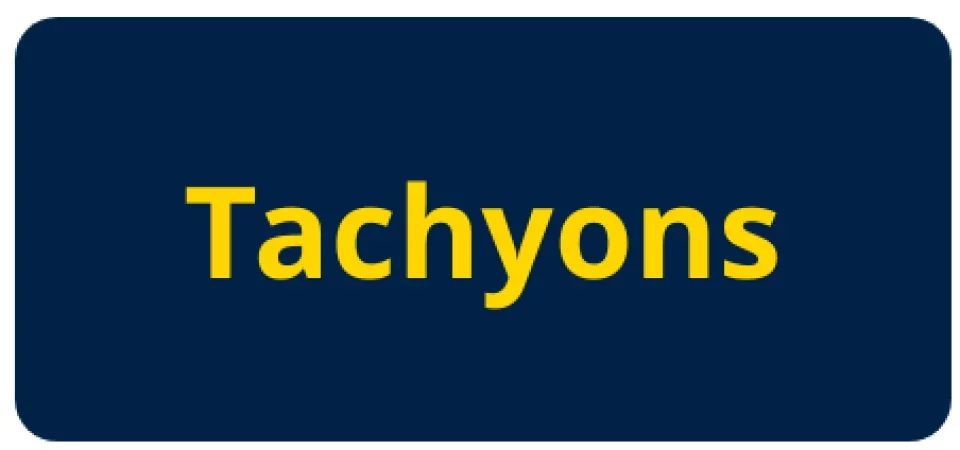
Tachyons CSS is a functional CSS framework designed to prioritize performance, speed, and efficiency. Created by Scott Jehl, Tachyons encourages a modular, reusable approach to styling, with a focus on small, readable utility classes that can be applied directly in the HTML. The framework is particularly suited for high-performance, lightweight websites where page load speed is a critical factor.
Tachyons is well-suited for developers looking for a simple, effective solution to create fast-loading websites with minimal CSS bloat.
Pros:
- Reusable and Modular Design Philosophy: Tachyons’ utility classes can be reused across different projects, offering efficiency and consistency. Developers can easily apply these building blocks to create tailored layouts.
- Readable Syntax for Enhanced Collaboration: Tachyons’ focus on clear, readable syntax improves collaboration between team members and ensures that everyone can quickly understand the styles used in the project.
- Optimized for Performance: Tachyons is designed for speed, ensuring quick load times and minimal impact on page performance.
Cons:
- Steep Learning Curve: The functional approach to CSS might be challenging for developers accustomed to traditional CSS methodologies, requiring an adjustment period to fully grasp Tachyons’ syntax and structure.
- Limited Adoption and Awareness: Tachyons, while innovative, has not gained as much traction as other frameworks, meaning community support and third-party resources may be limited compared to more widely adopted frameworks like Tailwind or Bootstrap.
4. Materialize

Materialize CSS is a modern responsive front-end framework based on Google’s Material Design principles. It provides a collection of components, CSS, and JavaScript that adhere to Material Design guidelines, offering developers a comprehensive solution for creating visually appealing and interactive web applications. Materialize is ideal for developers looking to build interfaces that align with Google’s design ethos.
Materialize is widely adopted for its pre-built, responsive components and strong integration with Material Design, making it particularly suitable for applications targeting Android-like interfaces.
Pros:
- Based on Material Design: Materialize inherits Google’s Material Design principles, ensuring a modern, visually engaging UI with consistent and intuitive design patterns.
- Pre-Built UI Components: Materialize offers a vast range of pre-styled UI components like buttons, modals, cards, and forms, which speeds up the development process and reduces the need for custom styling.
- Responsive and Mobile-First: The framework is built with mobile-first principles, ensuring that applications built with Materialize are optimized for mobile devices.
Cons:
- Large File Size: Materialize’s comprehensive set of components and JavaScript functionalities can lead to larger file sizes, which may negatively affect page loading times and performance.
- Overreliance on JavaScript: While the framework provides great JavaScript components, it can lead to over-dependence on JavaScript, making it less suitable for developers who prefer a lightweight, CSS-driven approach.
C. Lightweight CSS
Lightweight CSS frameworks provide a minimalistic approach to web styling, focusing on essential components for developers who prioritize speed, efficiency, and simplicity. These frameworks offer a streamlined alternative to more feature-heavy libraries, ensuring a faster loading experience and a more direct connection between the developer’s design vision and the resulting code.
1. Pure
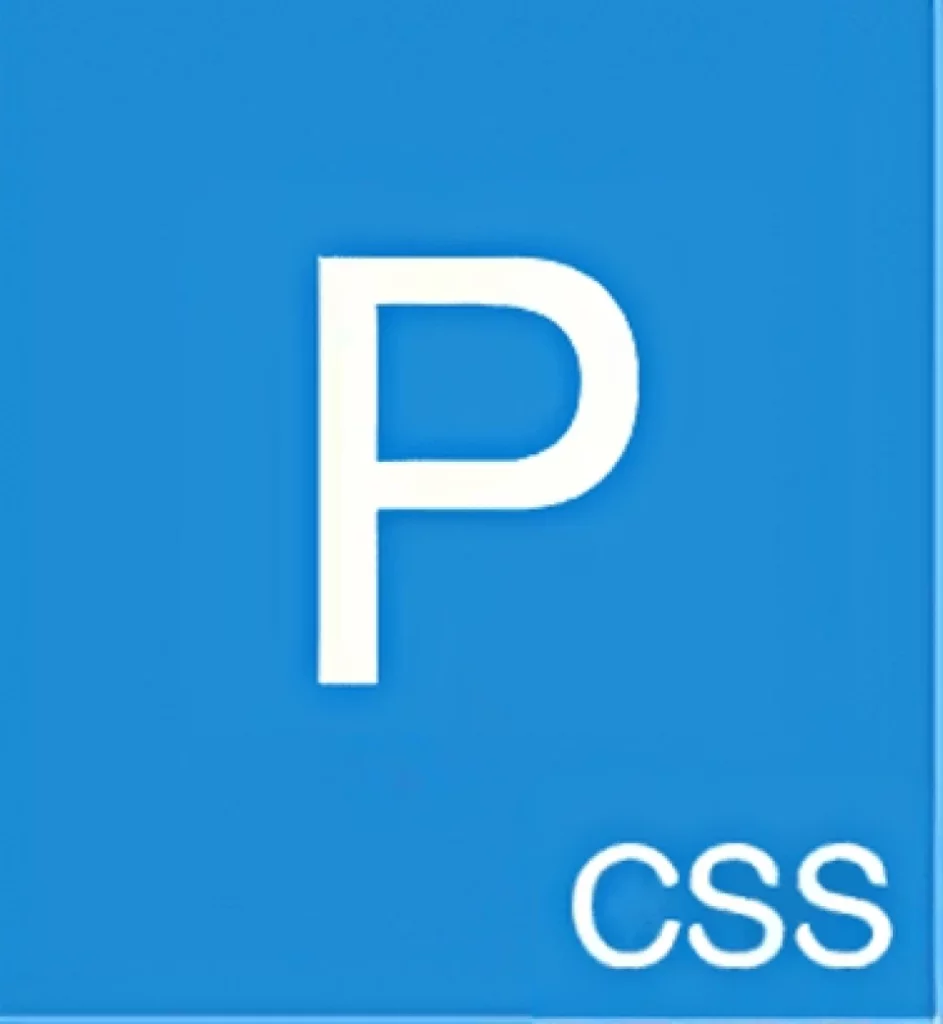
Pure is a minimalist CSS framework developed by Yahoo and designed with simplicity in mind. It offers a minimal set of core styles for common HTML elements like buttons, forms, and tables. Pure’s lightweight nature and streamlined design philosophy make it ideal for developers looking to build web applications without the bloat of traditional CSS frameworks. It provides the essential tools while leaving plenty of room for customization and creativity.
Pros:
- Lightweight: Pure is exceptionally small, resulting in faster loading times and optimized performance, making it a great choice for performance-focused websites.
- Minimalist Design: The framework’s minimalist approach creates a clean, uncluttered look that blends well with modern design trends.
- Highly Customizable: Pure offers a flexible and simple base, allowing developers to easily modify or extend its core styles to match the unique needs of their project.
Cons:
- Limited JavaScript Support: While Pure excels in CSS, it has limited built-in JavaScript functionality, meaning developers may need to incorporate additional libraries for more complex interactive elements.
- Basic Features: Due to its focus on minimalism, Pure lacks some of the advanced features and pre-styled components found in larger frameworks, potentially requiring more custom work.
2. Miligram

Miligram is a minimalistic CSS framework designed to create clean, responsive websites with a focus on performance and typography. Its core philosophy emphasizes simplicity and fast loading times, making it perfect for developers who want a lightweight, easy-to-use framework that still allows for design flexibility. Miligram also emphasizes clear and readable typography, which is ideal for content-heavy sites.
Pros:
- Flexibility: Miligram provides a simple and adaptable framework that can be customized to suit a variety of design requirements and project contexts.
- Performance Focus: The lightweight nature of Miligram ensures fast loading times and optimized performance, enhancing user engagement.
- Excellent Documentation: Miligram’s clear and comprehensive documentation makes it easy for developers to get up to speed quickly and efficiently integrate the framework into projects.
Cons:
- Smaller Community: Miligram has a smaller user base compared to more popular frameworks, which may result in fewer community resources, tutorials, and support.
- Limited Pre-built Components: Like other lightweight frameworks, Miligram offers fewer ready-to-use components, requiring more effort in custom design and layout creation.
3. Spectre
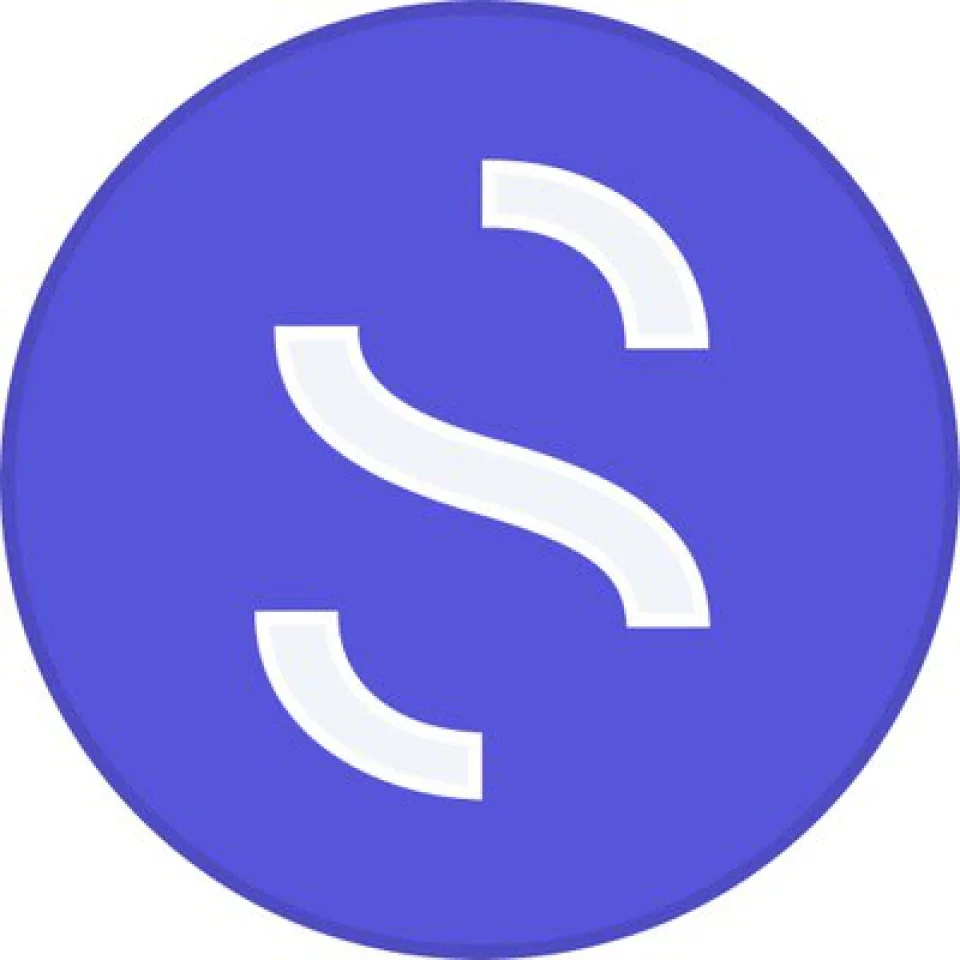
Spectre is a lightweight and modern CSS framework that integrates cutting-edge technologies like Flexbox and CSS Grid to facilitate the creation of responsive, adaptive layouts. Designed for rapid prototyping and efficient development, Spectre offers a blend of minimalist design and modern CSS capabilities, helping developers create clean, user-friendly websites with minimal effort.
Pros:
- Supports Modern Layouts: Spectre is built to support Flexbox and CSS Grid, making it easy to create flexible, responsive layouts without complex CSS.
- Compatibility with Older Browsers: Despite its modern features, Spectre ensures compatibility with older browsers, making it a versatile choice for broad user reach.
- Supports SASS and LESS: Spectre supports popular CSS preprocessors like SASS and LESS, allowing developers to use the styling methodology they prefer.
Cons:
- Limited Community Support: Spectre’s smaller community size means there are fewer resources, examples, and third-party plugins compared to larger frameworks.
- Less Comprehensive Documentation: While its documentation is user-friendly, Spectre may not have the depth or breadth of resources found in more widely used frameworks.
4. Skeleton

Skeleton is a bare-bones, minimalist CSS framework focused on providing a clean starting point for building responsive websites. It’s not loaded with pre-designed components, instead opting to give developers the foundational elements they need to craft their own custom layouts. Skeleton is designed to be fast, simple, and lightweight, making it suitable for developers who prefer to work from a clean slate.
Pros:
- Very Lightweight and Fast: Skeleton’s minimal codebase ensures extremely fast load times, making it ideal for performance-sensitive applications.
- Clean and Elegant Design: Skeleton’s minimalist design encourages simplicity and refinement, providing a solid foundation for a wide variety of website styles.
- Mobile-First Design: The framework is designed with a mobile-first approach, ensuring that websites are responsive and look great on all devices.
Cons:
- Not Many Pre-styled Components: Skeleton lacks a variety of pre-designed components like buttons, forms, and cards. This means developers will need to spend more time styling elements from scratch.
- Limited Features: While Skeleton offers the basics for building responsive sites, it lacks some of the advanced features and functionality of larger frameworks, which can make it more time-consuming for complex projects.
D. Class-less CSS
Class-less CSS frameworks offer a streamlined approach to web styling by minimizing the use of CSS classes. Instead of cluttering HTML markup with numerous classes, these frameworks apply styling directly to semantic HTML tags. This method prioritizes simplicity, maintainability, and efficiency, making it ideal for developers who value clear and minimalistic code.
1. Water
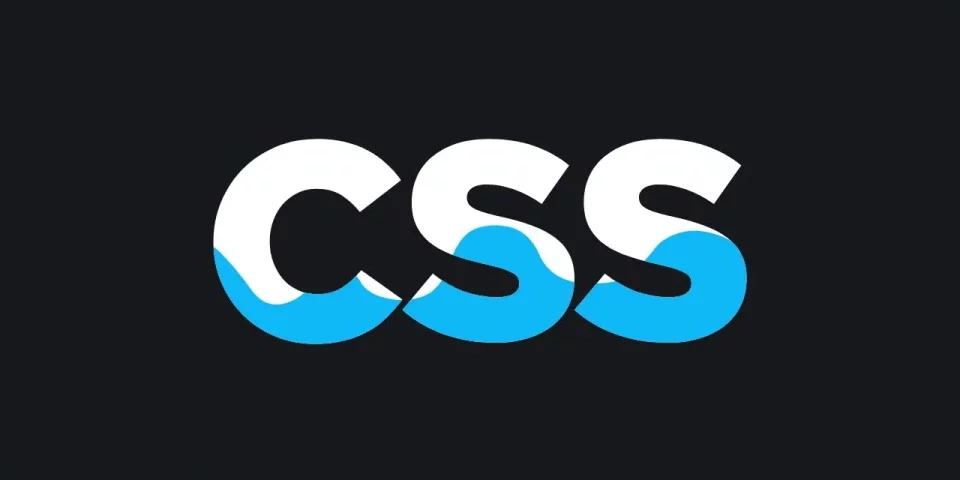
Water CSS is a minimalistic CSS framework that embodies the “less is more” philosophy. With a focus on simplicity, it provides the basic elements needed to style web pages while avoiding unnecessary features and embellishments. It is easy to implement with just a single line of code added to HTML files, making it a great choice for projects where performance and fast loading times are key considerations. Water CSS is well-suited for static websites, ensuring visually appealing and efficient web pages with minimal effort.
Pros:
- Easy to Use: Water CSS’s simple implementation requires just a single line of code, making it accessible for developers of all skill levels.
- Lightweight and Fast: Its minimalist approach ensures fast loading times and a seamless user experience, especially for static websites.
- Streamlined Simplicity: The framework promotes clean, clear code that is easy to read and maintain.
Cons:
- Not Ideal for Large Projects: Its simplicity may not be suitable for more complex projects that require advanced features and extensive customization.
- Limited Customization: Developers may find the framework’s minimalism restrictive if they need more complex design elements or customization options.
2. MVP.css
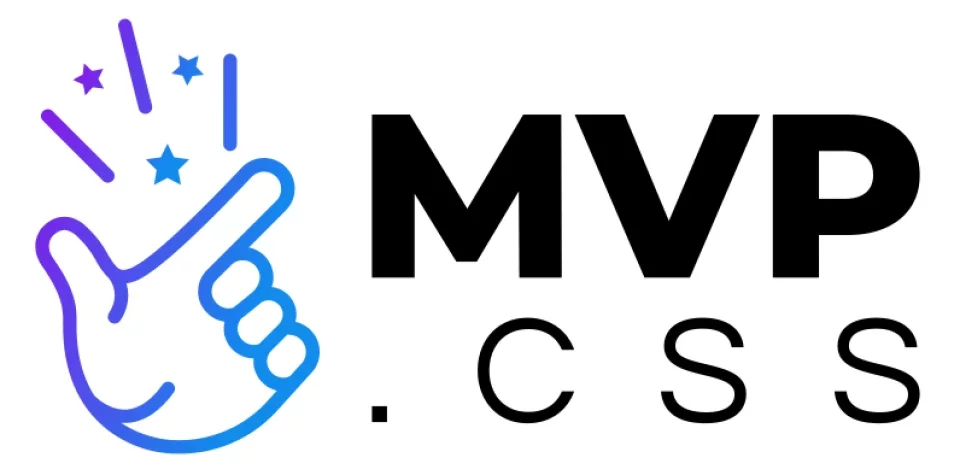
MVP.css is designed specifically for Minimal Viable Products (MVPs). This class-less CSS framework focuses on helping developers quickly style MVPs with minimal effort. By simplifying the process, it removes the need for complex class names and encourages the use of semantic HTML. MVP.css offers basic styling with the option for developers to adjust elements using CSS variables. While its primary focus is on speed and simplicity, it still provides some flexibility for developers to customize designs as needed.
Pros:
- Simple, Reusable Components: MVP.css offers a set of straightforward, reusable components that streamline the styling process for MVPs.
- Class-Free Approach: The absence of class names simplifies the HTML markup and makes it easier for developers to quickly apply styles.
- Customization with CSS Variables: Developers can use CSS variables to adjust styles without needing to dive into more complex configurations.
Cons:
- Limited Customization Options: Although it’s fast and simple, MVP.css lacks the deep customization options found in more comprehensive frameworks.
- Not Suitable for Complex Projects: MVP.css is ideal for quick MVP development but may not meet the needs of large-scale or complex applications requiring advanced features.
E. Specialized CSS Framework
Specialized CSS frameworks are designed to address niche needs, offering targeted solutions that excel in specific contexts, such as iOS app development, print formatting, or email template design. These frameworks are focused on a particular domain, providing optimized solutions that may not be suitable for general web design.
1. UI Kit
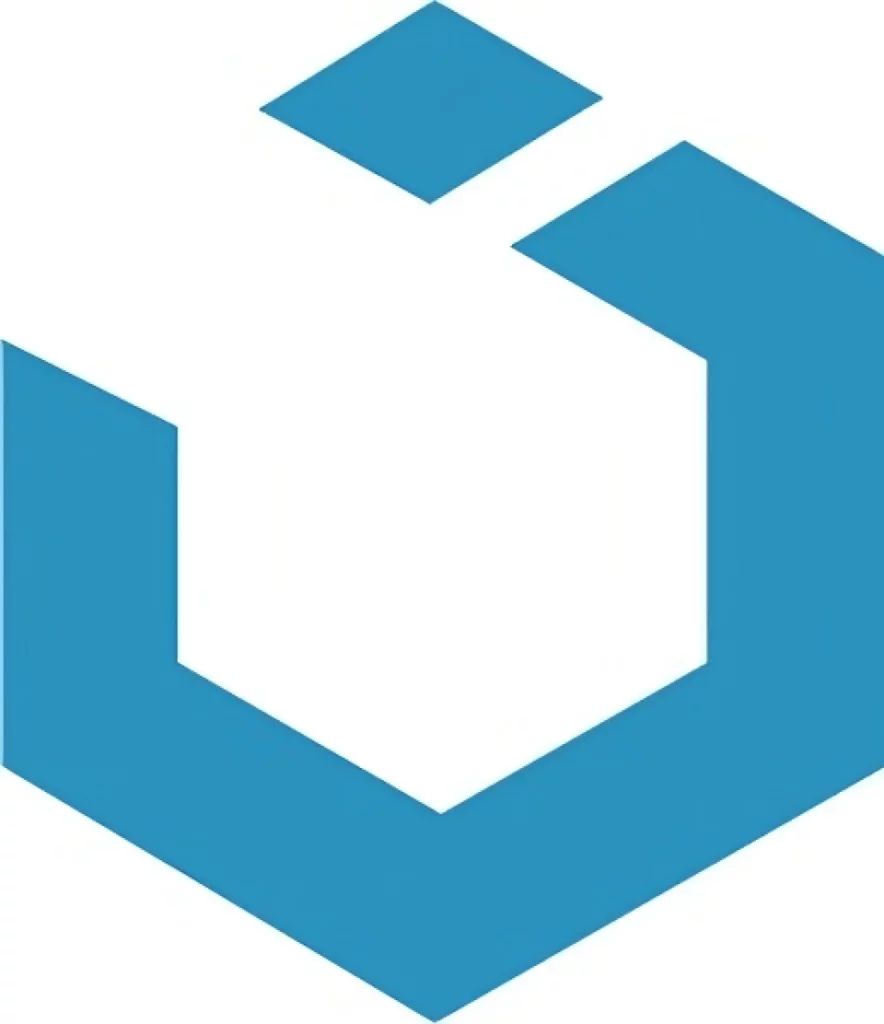
UI Kit is a specialized CSS framework tailored for iOS app development. It is designed to help developers create user interfaces that align with Apple’s design guidelines, making it an excellent choice for developing visually appealing and user-friendly iOS applications. UI Kit offers a comprehensive set of pre-designed components, such as buttons, text fields, and table views, and includes advanced features like animations and touch handling to enhance user interaction.
Pros:
- Apple-Specific Design Guidelines: UI Kit ensures that the applications created with it are in line with Apple’s design standards, providing a seamless experience for iOS users.
- Diverse UI Components: The framework includes a variety of UI elements, allowing developers to create a wide range of application interfaces.
- Advanced Features: UI Kit offers advanced functionality like animations and touch handling, which are vital for interactive iOS applications.
Cons:
- Less Customizable: While UI Kit provides a solid set of pre-designed components, it offers fewer customization options compared to more general-purpose frameworks.
- Potential Performance Impact: The inclusion of animations and advanced features may impact performance, especially if not optimized properly.
2. Gutenberg

Gutenberg is a specialized CSS framework focused on optimizing the appearance of web content when printed. Unlike traditional CSS frameworks designed for web browsers, Gutenberg addresses the need for aesthetically pleasing and readable printed versions of HTML pages. It ensures that HTML content maintains its design integrity when printed, making it an ideal choice for web-to-print projects or generating physical copies of digital documents.
Pros:
- Optimized for Print: Gutenberg is designed specifically for enhancing the appearance of HTML content when printed, ensuring clarity and readability in physical documents.
Cons:
- Limited Versatility: Its narrow focus on print formatting limits its application in general web development, making it less useful for broader front-end design needs.
3. Bojler
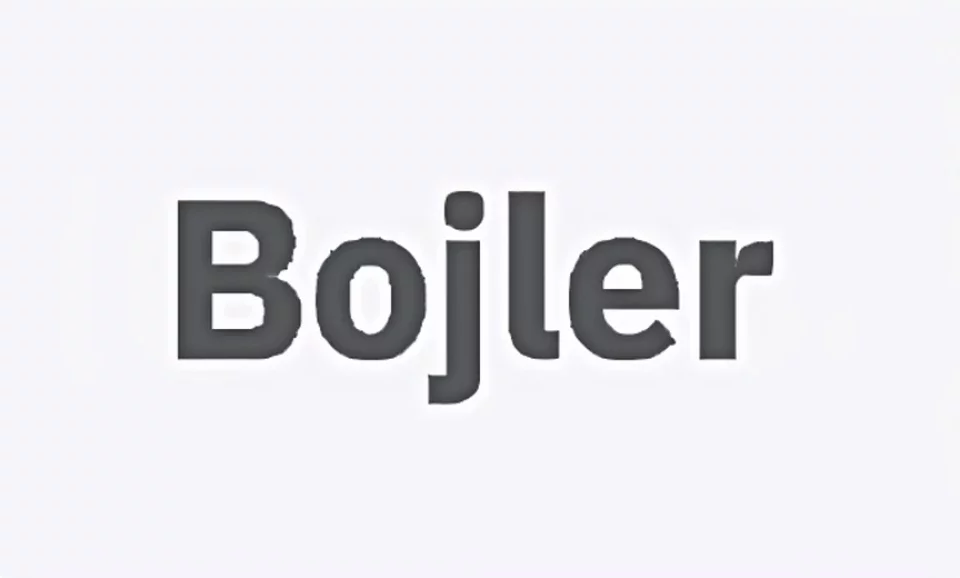
Bojler is a specialized CSS framework built for creating responsive email templates. Email design presents unique challenges, particularly around cross-client compatibility and responsive layouts. Bojler simplifies the process by providing a framework that ensures consistent rendering across various email clients, helping developers create visually appealing and functional email content that adapts well to different devices and screen sizes.
Pros:
- Responsive Email Templates: Bojler excels at simplifying the creation of responsive email templates, ensuring consistent appearance across multiple email clients.
Cons:
- Limited Application Scope: Bojler is specialized for email template development and is not applicable for general web design or other types of projects.
Different Types of CSS Frameworks: Choosing the Right One for Your Project
CSS frameworks come in a variety of shapes and sizes, each designed to solve specific challenges in web design and development. Whether you’re building a responsive, mobile-first website, or a simple, minimalist landing page, there’s a CSS framework suited to your needs. Here’s a breakdown of the different types of CSS frameworks and how they cater to various aspects of web development.
1. Utility-First Frameworks
Utility-first frameworks focus on providing small, single-purpose classes that you can use directly in your HTML markup. These frameworks allow for maximum customization and flexibility, letting you design and prototype quickly without needing to write extensive custom CSS. The idea is to build designs by combining these utility classes rather than relying on predefined components or styles.
Example: Tailwind CSS is the most well-known utility-first framework. It allows you to apply utilities like p-4 (padding), bg-blue-500 (background color), or text-center (text alignment) directly to your HTML elements.
Benefits:
- Highly customizable: You can easily adjust your design by changing utility classes in your HTML without digging into a separate CSS file.
- Faster prototyping: Since you can design layouts and apply styles directly in the HTML, you can build and tweak prototypes quickly.
- Minimal CSS bloat: You only use the classes you need, which helps keep the final output lightweight.
Use Case: Tailwind is perfect for developers who want control over every design detail and prefer to work directly in their HTML, such as creating custom, responsive designs or building unique UIs.
2. Responsive Frameworks
Responsive frameworks are designed to ensure that your website looks good on all screen sizes, from mobile phones to desktop monitors. These frameworks usually come with a built-in grid system and media queries to help adjust the layout and elements based on the screen size.
Example: Bootstrap is a classic example of a responsive framework. It was one of the first to promote mobile-first, responsive design principles and includes features like a 12-column grid system, responsive utilities, and pre-built components that automatically adjust to different screen sizes.
Benefits:
- Automatic responsiveness: With built-in media queries and grid systems, your design automatically adjusts to fit mobile, tablet, and desktop screens.
- Predefined breakpoints: Responsive frameworks come with common breakpoints already set up, making it easier to adapt your design for different devices.
- Saves time: Reduces the need for manual media queries and complex CSS adjustments.
Use Case: If your priority is ensuring that your website looks and functions well on any device, a responsive framework like Bootstrap is ideal. It’s perfect for websites that need to cater to users across a variety of devices, from mobile phones to large screens.
3. Component Libraries
Component libraries provide a set of pre-designed UI components (like buttons, modals, navigation bars, etc.) that you can easily incorporate into your website. These frameworks focus on speed and consistency, allowing you to quickly assemble pages using ready-made elements.
Example: Materialize CSS and Semantic UI are popular component libraries. They provide a wide range of pre-styled UI components that follow popular design systems like Google’s Material Design.
Benefits:
- Pre-built components: You can instantly use buttons, cards, forms, and other UI elements without having to design them from scratch.
- Consistency: Since the components are pre-designed to work together, you don’t have to worry about inconsistencies in your design.
- Faster development: By leveraging pre-built components, you can speed up the development process.
Use Case: Component libraries are best suited for projects that require fast turnaround times and consistency, such as landing pages, marketing sites, and applications where pre-styled components will save time and effort.
4. Minimalist Frameworks
For smaller, simpler websites that don’t require extensive styling or complex functionality, minimalist CSS frameworks provide just the basics. These lightweight frameworks offer a clean starting point for design without adding excessive bloat to your project.
Example: Skeleton is a popular minimalist framework. It includes only the essential grid system and a few basic UI elements to get you started, without any heavy design opinionations.
Benefits:
- Lightweight: These frameworks are extremely small and efficient, with minimal CSS to download and parse.
- Easy to learn: The simple nature of minimalist frameworks makes them ideal for beginners or quick projects that don’t require complicated styling.
- Performance-focused: With fewer resources, minimalist frameworks lead to faster page load times and better performance.
Use Case: Minimalist frameworks are perfect for small websites, simple landing pages, or prototype designs where you need a clean, no-frills approach without the need for extensive features.
5. CSS-in-JS Frameworks
CSS-in-JS frameworks allow developers to write CSS directly inside JavaScript, making it easier to manage dynamic styling in modern web applications. These frameworks are particularly useful when JavaScript and CSS need to work closely together for things like component-level styling or themes.
Example: Styled-components and Emotion are popular CSS-in-JS libraries. They allow you to define your styles as JavaScript objects or tagged template literals that are dynamically injected into the DOM.
Benefits:
- Component-based styling: These frameworks allow you to write styles that are tightly coupled with components, which is ideal for modern, component-driven development.
- Dynamic styling: Since styles are written in JavaScript, you can easily change styles based on component states or props.
- No need for separate stylesheets: CSS is scoped to the component, reducing the need for global CSS files and potential conflicts.
Use Case: CSS-in-JS frameworks are best suited for modern JavaScript applications, particularly React-based projects, where the styling needs to be tightly integrated with the application’s components.
6. Grid Frameworks
Grid frameworks are specialized for handling complex layouts using grid systems. These frameworks focus on giving developers the tools to design multi-column layouts, content-heavy pages, and complex design structures while maintaining flexibility and responsiveness.
Example: Foundation and CSS Grid Layout (native to CSS) are examples of grid-based frameworks. They provide robust grid systems to align content, define columns and rows, and create responsive layouts that adjust to various screen sizes.
Benefits:
- Precise control over layouts: Grid frameworks provide a system for aligning and organizing content into rows and columns, which is especially useful for complex designs.
- Responsiveness built-in: Grid frameworks often come with mobile-first design principles, automatically adjusting layouts for different screen sizes.
- Flexibility: These frameworks give developers the power to create complex, multi-column layouts that scale seamlessly.
Use Case: Grid frameworks are ideal for projects with complex layouts and content-heavy websites, such as e-commerce sites, news sites, or applications that require precise layout control.
Choosing the Best CSS Framework: A Guide to the Most Important Considerations
1. Project Requirements
The first and most important consideration before using a CSS framework is to identify the needs of your project. Ask yourself:
- Is your project a simple website or a complex web application?
- Do you need a full-featured framework with many components, or are you looking for a more lightweight option with fewer features?
- Does your project require extensive customization, or would you prefer something that works out of the box?
2. Ease of Use
Not all frameworks are created equal in terms of user experience. Consider the following:
- Does the framework come with clear, well-documented instructions and examples?
- Is it beginner-friendly or does it have a steep learning curve?
- Does it provide adequate support and resources for troubleshooting?
3. Customization Flexibility
While many lightweight CSS frameworks offer a solid foundation, the level of customization they allow can vary:
- Can you easily modify and override styles to match your branding and design vision?
- Does the framework allow you to configure or extend it with custom components or layouts?
4. Performance and Load Time
The performance of your website is critical for both user experience and SEO. Consider:
- Does the framework include unnecessary CSS or JavaScript that could affect load times?
- Does the framework allow you to remove unused styles or optimize assets?
5. Mobile-First Approach and Responsiveness
Ensure the framework supports mobile-first design principles and has a responsive grid system:
- Does it allow for responsive layouts across different screen sizes, such as mobile, tablet, and desktop?
- Does it support features like media queries and flexible grid systems for creating adaptive designs?
6. Community Support and Documentation
A strong community and comprehensive documentation can make a huge difference when you’re working with a CSS framework:
- Does the framework have a large, active community for support and knowledge sharing?
- Is the documentation clear, comprehensive, and regularly updated?
7. Integration with Other Tools
Consider how well the CSS framework integrates with other technologies you plan to use:
- Does the framework work well with your development stack (e.g., JavaScript libraries, front-end frameworks like React or Angular)?
- Are there ready-made integrations or plugins available for additional functionality?
8. Long-Term Viability and Maintenance
You want to choose a framework that will continue to receive updates and be supported for the long term:
- How actively is the framework being maintained?
- Does it get regular updates and bug fixes?
- Is it built to adapt to modern web development trends and best practices?
9. Licensing and Costs
While many CSS frameworks are free and open-source, it’s still important to check the licensing terms:
- Is the framework free to use, or does it require a paid license for certain features or commercial use?
- Are there any hidden costs, such as premium plugins or components?
10. Design Philosophy
Different CSS frameworks follow different design philosophies:
- Are you looking for a more opinionated framework that comes with pre-designed components (like Bootstrap) or a utility-first framework that allows you to build from the ground up (like Tailwind CSS)?
- Do you prefer a minimalist approach, or do you want a more feature-rich, UI-heavy framework?
Exploring the Future of Web Design: The Rise of Utility-First CSS Frameworks
Selecting the top CSS framework is like finding the ideal suit for your project—it should seamlessly elevate your development process, empower you to create stunning, flexible designs, and align perfectly with your project’s goals. When you make an informed choice, you don’t just select a framework; you unlock the potential for mastery. You embrace the elegance of responsive design, the flow of streamlined development, and the harmony of strategic alignment.
As you explore the wide range of options, remember that choosing the right framework is not just about functionality—it’s about amplifying your vision. With Nestify, you can take your web design to the next level. Enjoy fast, reliable, and secure hosting solutions that enhance your framework’s performance. Make your project shine with Nestify, where exceptional hosting meets effortless deployment. Choose wisely, and watch your creativity come to life in the digital world with ease and precision.
Are CSS Frameworks Worth the Hype? Here are a Few FAQs
Are CSS frameworks suitable for all projects?
CSS frameworks are suitable for a wide range of projects, from small personal websites to large-scale web applications. However, the choice of framework depends on the project’s requirements, complexity, and desired design aesthetics.
Can I switch CSS frameworks mid-project?
While it’s possible to switch frameworks, it may require significant code adjustments. It’s generally better to choose a suitable framework at the project’s start to avoid unnecessary complexities and disruptions.
Do CSS frameworks affect website performance?
CSS frameworks can impact performance, especially if they come with large file sizes. However, many frameworks offer optimization options to minimize the impact on loading times.
Do CSS frameworks limit creativity?
While CSS frameworks provide a predefined structure, they can still be customized and extended to match your project’s unique design. Most frameworks offer flexibility through customization options, allowing developers to add their creative touch.



